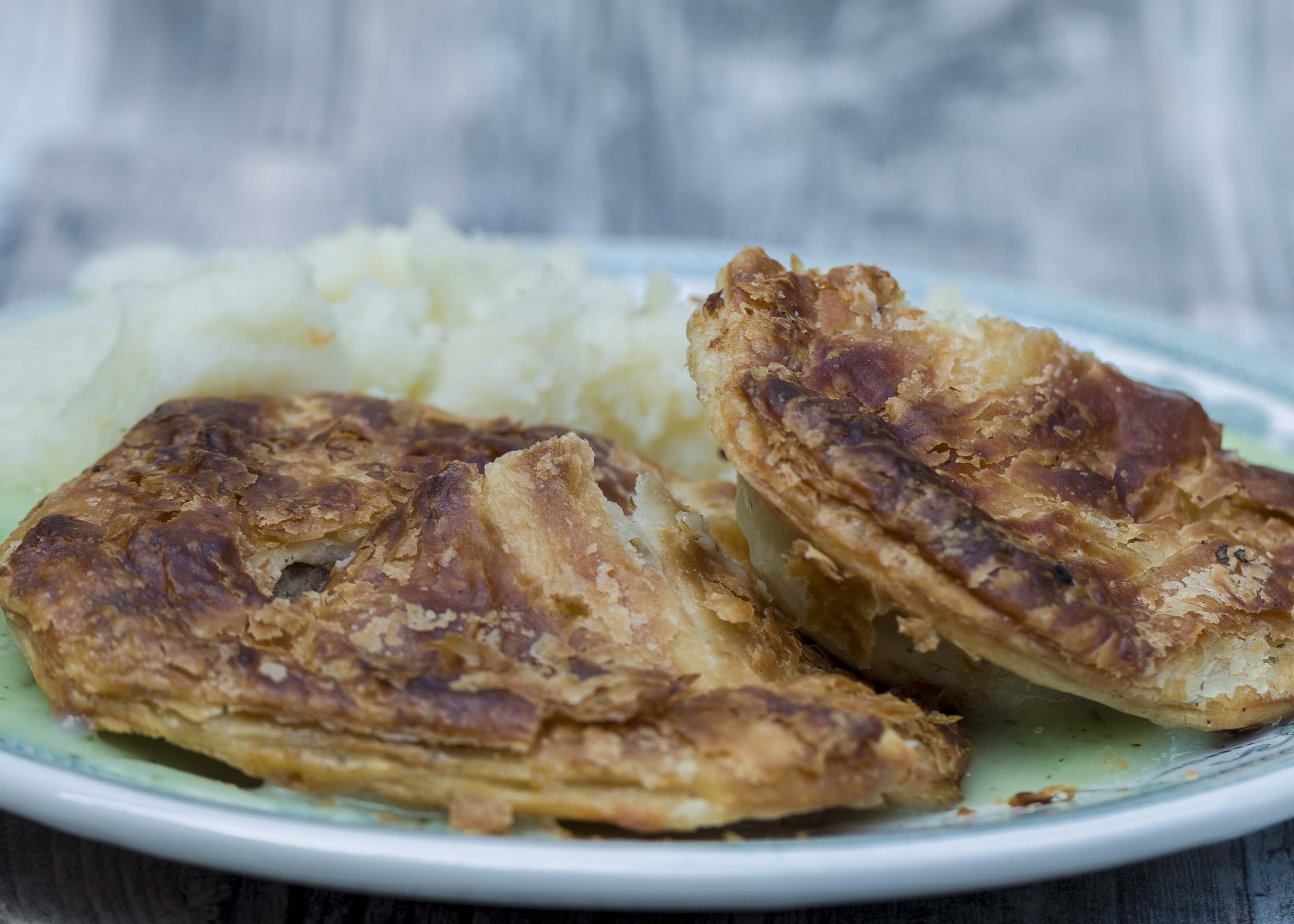
Posted on November 18th, 2014
Mash is today a firm staple of traditional English cuisine. But how did the humble potato manage to inspire so many delicious mashy dishes?
The potato seems to have been first brought to Europe around four centuries ago from the Peruvian Andes by the Spanish, and was cultivated mostly as a way of feeding livestock. Only the Irish were brave enough to try this odd, round import for themselves, while snobbier countries like France actually banned the plant completely! Even though a recipe for mash can be traced to a 1747 cookbook, potatoes were not even considered edible by most people, and the hallowed dish of pie and mash seemed a world away.
One courageous French man, Antoine-Augustin Parmentier, sought to free this noble foodstuff from the its undeserved yolk. His research into potatoes caused them to be legalised in 1772, and a series of bad harvests, arguably the greatest thing to ever happen to Europe, forced people to turn to the plant as their saviour. The combination of silky potato, mashed with milk, butter, and a smattering of salt, became an instant hit both on the continent, and, now rather famously, in England, where it has remained one of the most famous, and traditional English dishes since then. The east end pie and mash shops added a green liquor parsley sauce to make the dish perfect.
Many traditional English classic dishes using mash potato have remained mainstays of our diet, such as shepherds pie, bangers and mash, and bubble and squeak… the evolution of mash did not stop there: the story of how the authentic cockney pie and mash recipe came into fruition continues here.






